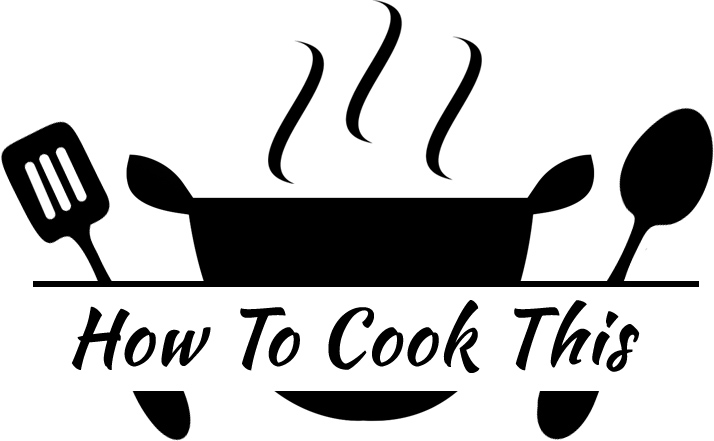Cooking is an art, and mastering the basics is crucial for anyone stepping into the kitchen. One fundamental skill that every aspiring chef should learn is the art of chopping and dicing. Whether you’re a culinary novice or just looking to sharpen your skills, this beginner’s guide will take you through the essentials of chopping and dicing, turning your kitchen experience into a more enjoyable and efficient one.
Choosing the Right Knife:
The first step to successful chopping and dicing is having the right tools. Invest in a good quality chef’s knife with a sharp blade. A sharp knife not only makes the process easier but also ensures precision in your cuts.
Mastering the Basic Techniques:
The Claw Grip: Before you start chopping, learn the proper hand positioning. The “claw grip” is a technique where you tuck your fingertips in and use your knuckles to guide the blade. This minimizes the risk of cutting yourself and allows for better control.
Rocking Motion: Practice a rocking motion with your knife. This involves using the natural rocking movement of the blade to make swift and precise cuts. Mastering this motion will significantly speed up your chopping and dicing.
Chopping vs. Dicing:
Chopping: For larger, irregular pieces, chopping is the way to go. Start by cutting the ingredient into halves or quarters and then proceed to chop according to your desired size.
Dicing: For smaller, uniform pieces, dicing is the technique to use. Begin by creating slices, then turn them and cut into cubes. Consistency is key to achieving professional-looking results.
Prep Your Ingredients:
Wash and Dry: Cleanliness is crucial. Wash your fruits, vegetables, or herbs thoroughly and pat them dry before chopping. This ensures that your knife doesn’t slip during the cutting process.
Uniformity: Aim for uniform pieces to ensure even cooking. This not only enhances the presentation of your dish but also ensures a consistent texture.
Practice Makes Perfect:
Start with Easy Ingredients: Begin your chopping and dicing journey with softer, easier-to-cut ingredients like tomatoes or onions. As you gain confidence, you can move on to more challenging items.
Consistency in Size: Challenge yourself to achieve consistent sizes. This will not only enhance your cooking but also make your dishes visually appealing.
Maintaining Your Knife:
Regular Sharpening: A sharp knife is a safe knife. Invest in a knife sharpener and regularly hone your blade to keep it in top condition.
Proper Storage: Store your knives properly to avoid damage. Consider using a magnetic strip or a knife block to protect the blade’s edge.
Mastering the art of chopping and dicing is a foundational skill that will elevate your culinary endeavors. With the right knife, proper techniques, and a bit of practice, you’ll soon find yourself chopping and dicing with confidence and precision. Enjoy the process, and let your newfound skills bring creativity and joy to your time in the kitchen!

